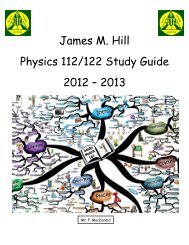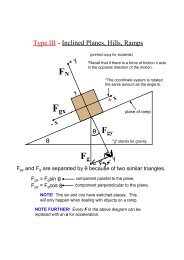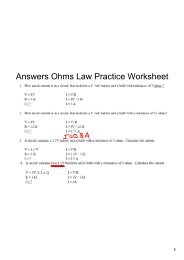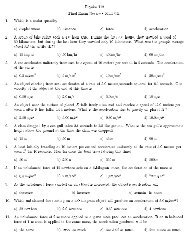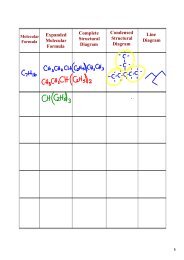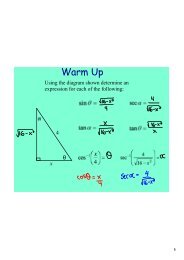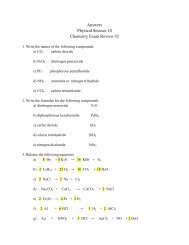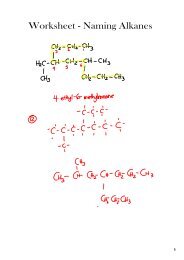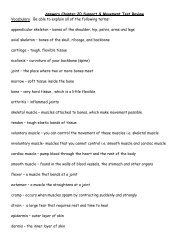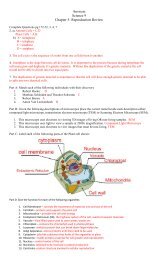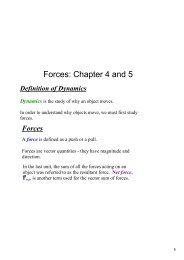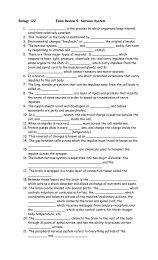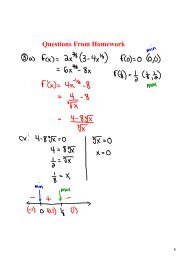Indeterminate Limits
Indeterminate Limits
Indeterminate Limits
Create successful ePaper yourself
Turn your PDF publications into a flip-book with our unique Google optimized e-Paper software.
Warm Up<br />
1
Let's examine the function<br />
Limit of a Function<br />
f(2)= 3<br />
We can see that f(2)= 3...let's check the behaviour of f as we get closer<br />
and closer to x = 2.<br />
As x gets closer to 2 from the left<br />
y is getting closer to 3.<br />
As x gets closer to 2 from the right<br />
y is getting closer to 3.<br />
From the above, the notion of the limit of a function arises...<br />
f(x)<br />
approaches<br />
3<br />
3<br />
As x approaches 2<br />
Notation:<br />
"The limit of the function f(x) as x approaches 2 is equal to 3."<br />
2
The common sense definition of a limit...<br />
Click Me<br />
A formal definition of a limit...<br />
Look at the graphs of these three functions...<br />
Notice<br />
Notice f(a) is undefined<br />
3
Evaluating <strong>Limits</strong><br />
I. Using a Graph:<br />
• We looked at this in the previous two examples<br />
II. Algebraically:<br />
Examples:<br />
• Direct Substitution...<br />
• <strong>Indeterminate</strong> limits...<br />
⇒Direct substitution leads to<br />
Examples:<br />
⇒ Factor<br />
⇒ Rationalize<br />
⇒ Expand<br />
⇒ Find Common Denominators<br />
4
Questions from Homework<br />
5
Try these...remember to use your algebra skills<br />
to try and eliminate the indeterminate form.<br />
6
Homework<br />
7



